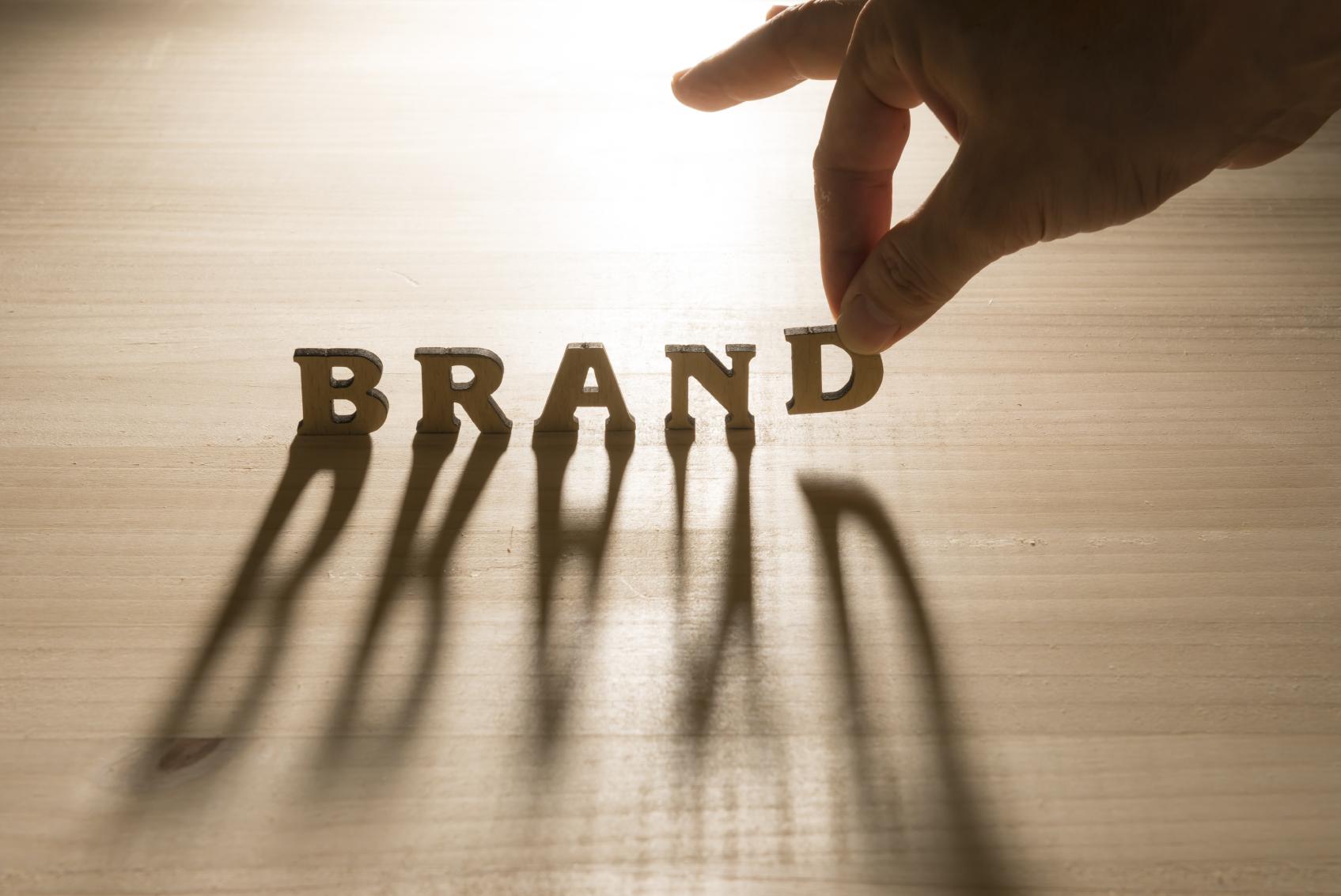
Did the digital revolution vanquish brands? The consensus in certain circles seems to be that brands as we used to know them—highly emotion-based entities driving value through identity differentiation—are becoming worthless due to the unprecedented transparency of the internet. Certainly, customers’ need to rely on marketing is lower than ever, since they have the word-of-mouth machine that is social media at their fingertips.
Arguing that digital disruption has diminished the value of brand equity built up over time, some say the new branding watchword should be agility not consistency. No one denies the importance of digital customer engagement, but the agility advocates take it a step further: New media platforms should be viewed as opportunities to redefine a brand rather than to reinforce its existing position.
Would it surprise you to know that this problem is not at all new but has been around as long as branding itself? It’s what we like to call the bias to change, the timeless temptation to shift strategy and execution in reaction to apparent changes in the marketplace. Meeting change with change appears logical, but brands that resist the bias have generally fared better in the long term.
A tale of two automakers
Forty years ago, legendary agency Ammirati and Puris provided BMW with the tagline that endures to this day, “The Ulitmate Driving Machine”. When asked why this little phrase has such staying power, agency co-founder Ralph Ammirati responded, “These terrific lines keep coming back because they work! Clients tend to get tired of these things and then they change them, and then they see that sales are suddenly affected, and then they jump back to it—it never fails.”
Coincidentally enough, BMW itself appears to have been in a similar situation a few years ago. After launching a North American campaign wherein the familiar tagline was conspicuously absent, the company changed agencies and re-upped its commitment to the old identity. “The ultimate driving machine” was elevated to full-fledged slogan for the brand as BMW undertook its biggest-ever product rollout.
When brand consistency isn’t treated with the proper seriousness at all levels of the company, disasters can occur such as the one that befell Alfa Romeo in the 1980s. After the profit-starved company collaborated with Nissan on a family hatchback called the Arna—a bald attempt to cash in on a trend—the ensuing failure haunted the brand for the rest of the 20th century. Some would say it never fully recovered. After veering so far and so disastrously off-course, Alfa Romeo couldn’t find its way back to being the epitome of sporty cool.
The case of Alfa Romeo illustrates the dangers of trend-chasing, while BMW shows that brand consistency goes hand-in-hand with ambitious, forward-looking business strategy.
Does hyper-agility equate to fragility?
The pressure to emphasise agility over core brand values is not a product of the digital revolution. It’s always been a part of the balancing act brand managers must perform. Opportunistic managers who think short-term will always be especially susceptible to the temptation to be hyper-agile. The temptation tends to increase in times of greater market uncertainty, when the fear of losing relevance usually runs high.
Brands that loosen their grip on their core so they can be hyper-agile are making a number of potentially dangerous assumptions, whether they know it or not. First, they assume they can accurately translate what consumers are telling them into concrete strategic objectives. Second, they assume that the trend or demand they’re aiming for will last long enough to provide value comparable to the brand equity they may be risking. Third, they assume that they can deliver in the presumed new environment.
Compare these hidden risks to the long-established benefits of consistency:
- Consistency of vision and position allows brands to build effectively over time
- Only by being consistent can individual brands come to own a position
- Consistency is cost-effective. A truly well-executed and strategically aligned icon or brand mark can continue to deliver value for decades
The logic is compelling. Without a good, well-researched justification, attempts at agility may equate to greater fragility in the final analysis.
What brand adaptation really means
However, it’s important to distinguish between hyper-agility, where brands are willing to change their vision or position to chase perceived (and often exaggerated and wrong) market demands, and brand adaptation. A strong brand will leverage its heritage vision or position to support new products, enter new markets, become relevant to new applications, or to utilise new media options. Dove used its moisturiser position and its “real beauty” programs aimed at elevating women’s self-confidence in their appearance to move into body wash, deodorant, skin care and more. In all of these moves, Dove kept its core brand vison but adapted it to a new context.
Consistency in a digital world
Being customer-oriented really is a must in today’s environment, which means brands will indeed need to engage and adapt. Whether your brand is one year old or 100, your best bet is to define and defend a set of core values that allow you to speak in one voice over all relevant platforms. The line between using digital tools and having them use you can be rather thin. Fear of being left behind can cause hyper-agile brands to put too much stock in passing tech crazes. Remembering the importance of consistency lets you make more level-headed decisions.
Moreover, digital technology has only strengthened the connection between customer orientation and the need for a stable brand core. Without a solid centre, ensuring a smooth omni-channel customer experience becomes next to impossible.
Managers also must realise that the brand core is emotional as well as functional. For example, violating central elements of your brand’s look and feel in order to maintain a slight performance edge over competitors may destroy the differentiating factors that were your best selling point. That was Alfa Romeo’s blunder when it put its world-famous engines inside the drab shell Nissan had designed. Whether we’re talking about a startup or a world-iconic brand, the goal is to create an emotional experience that will withstand changes in market and technology trends. You can’t be agile if you can’t even stand the test of time.
Joerg Niessing is an Affiliate Professor of Marketing at INSEAD. You can follow Joerg on Twitter @JoergNiessing
David Aaker is Vice-Chairman of Prophet and Professor Emeritus at the University of California, Berkeley's Haas School of Business. Follow him on Twitter
-
View Comments
-
Leave a Comment






No comments yet.